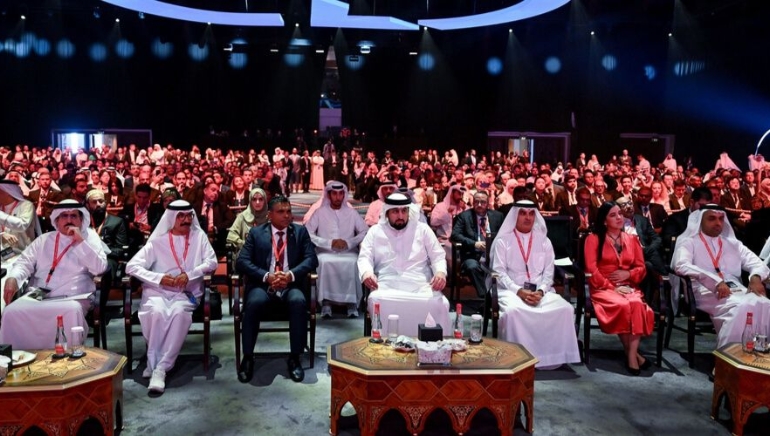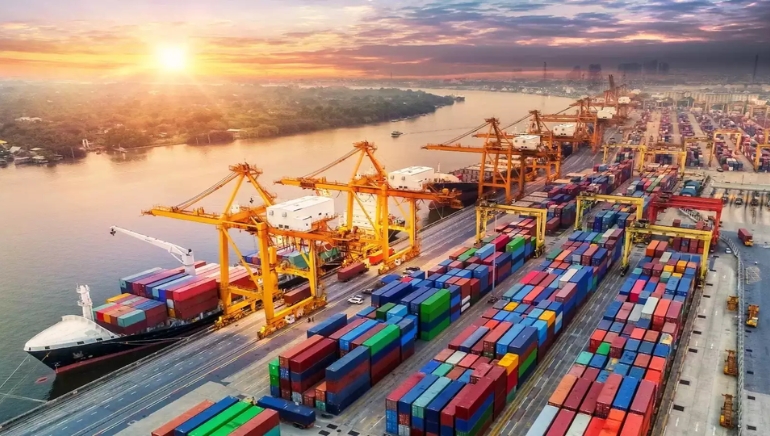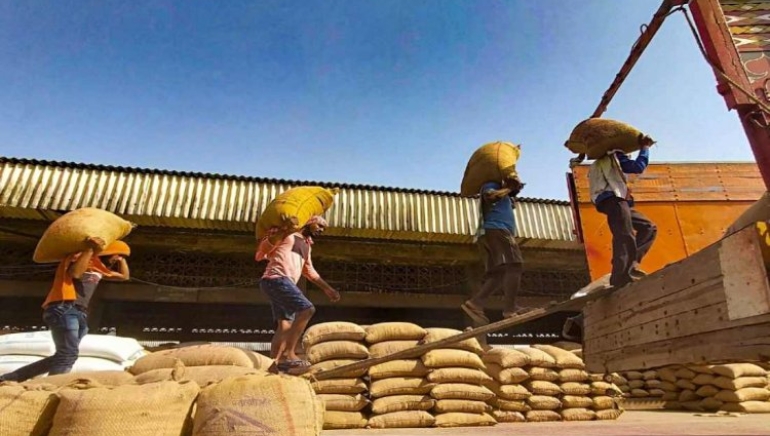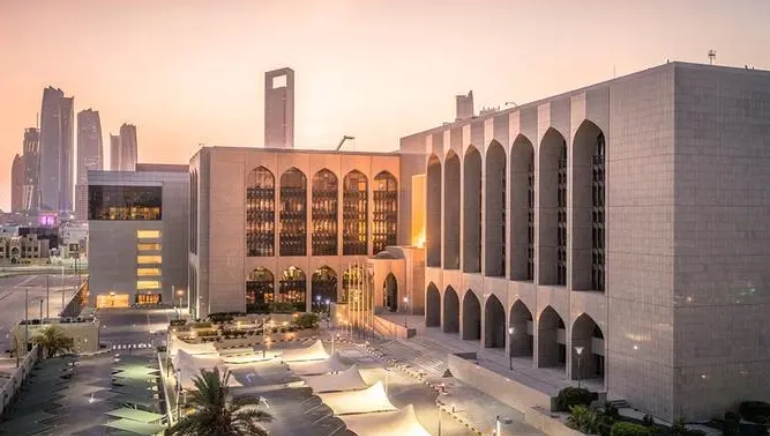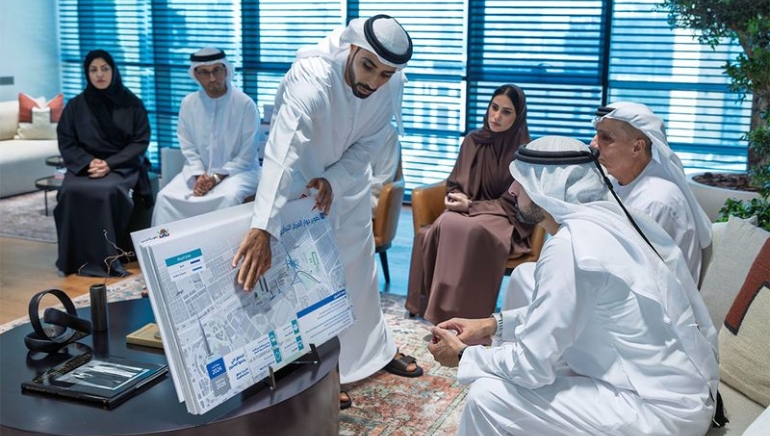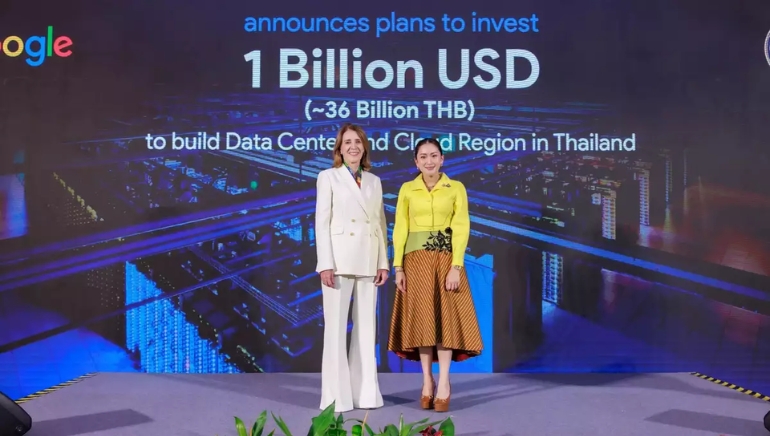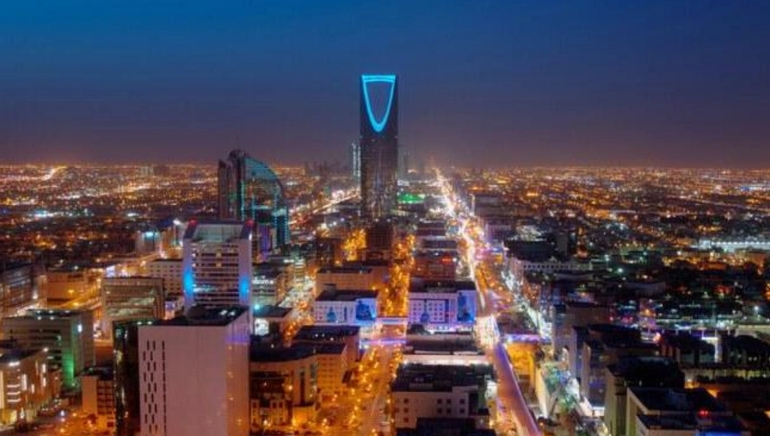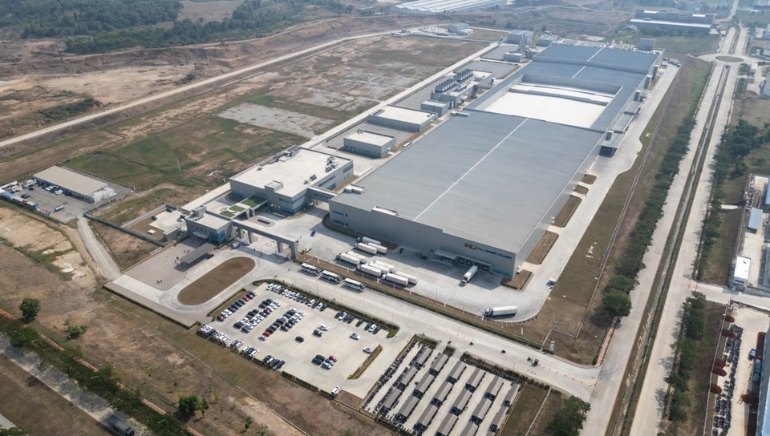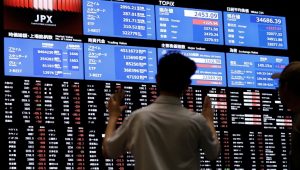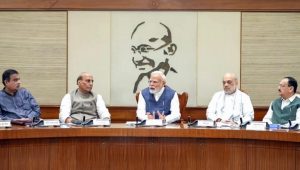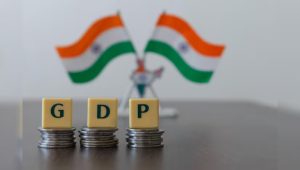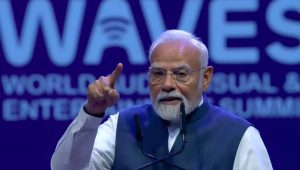Bitcoin surpassed $80,000 for the first time, boosted by excitement about President-elect Donald Trump’s view on digital assets and a Congress that may be pro-crypto. On Sunday, the cryptocurrency climbed by up to 4.7% to $80,092, an all-time high for the digital asset.
Trump’s campaign promises to prioritise the United States’ participation in the digital asset business, including proposals to establish a strategic Bitcoin reserve and select crypto-friendly authorities, have boosted market confidence. Following his stronger-than-expected performance in Tuesday’s election, with Republicans obtaining Senate control and maybe a slim House majority, investors anticipate a more favourable regulatory climate. “The perception that Trump is pro-crypto likely fuelled this rally,” said Le Shi, managing director of Hong Kong-based Auros.
Bitcoin’s year-to-date gain now stands at over 91%, owing primarily to demand for new exchange-traded funds (ETFs) and recent Federal Reserve rate decreases. Notably, BlackRock Inc.’s $35 billion iShares Bitcoin Trust ETF experienced record inflows, while trading volume reached all-time highs. Trump’s attitude contrasts sharply with President Joe Biden’s cryptocurrency crackdown, during which the SEC, led by Chair Gary Gensler, aggressively regulated the sector. Industry insiders believe that with Trump and a supportive Congress, crypto-friendly legislation will pass more easily.






